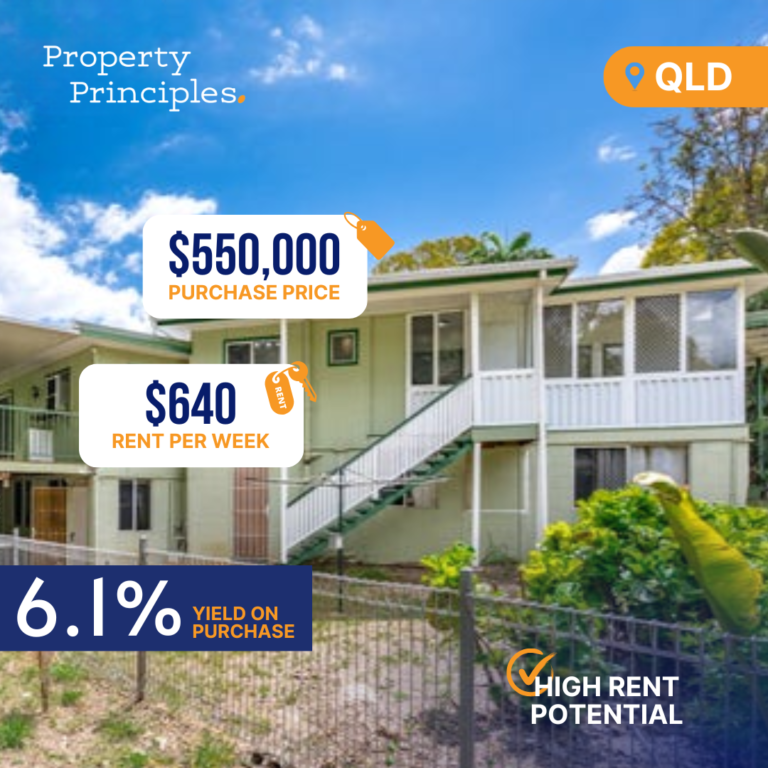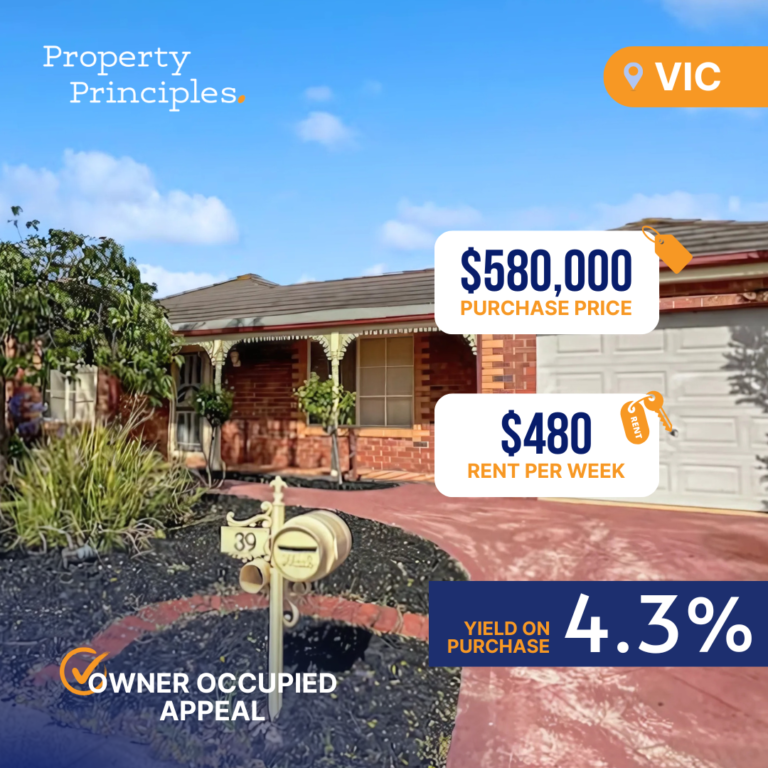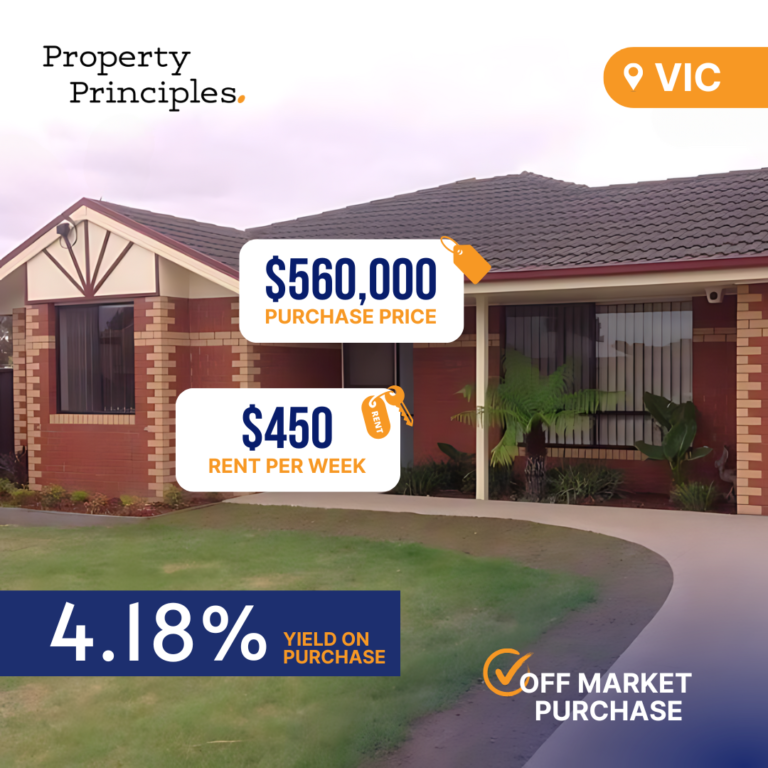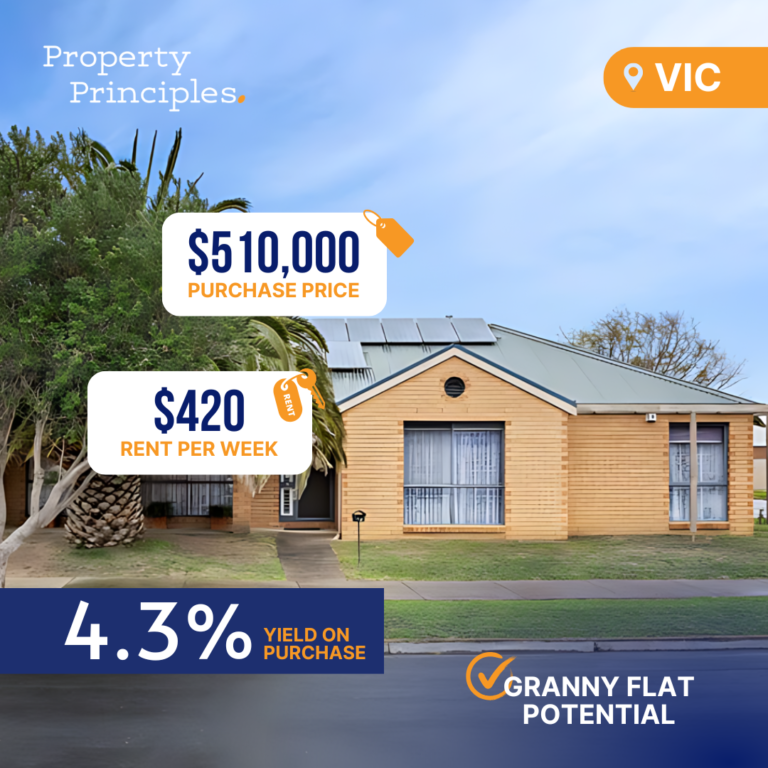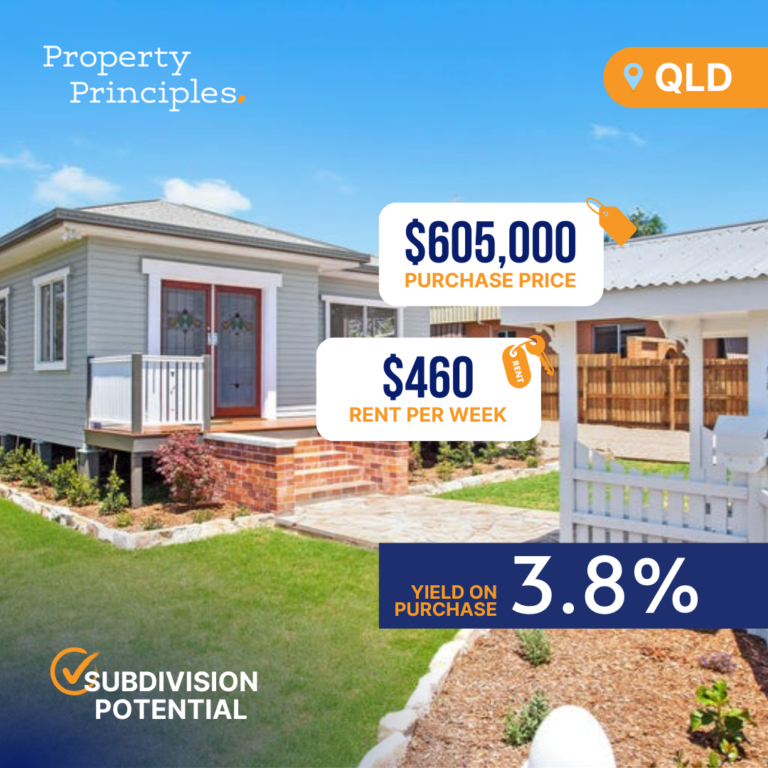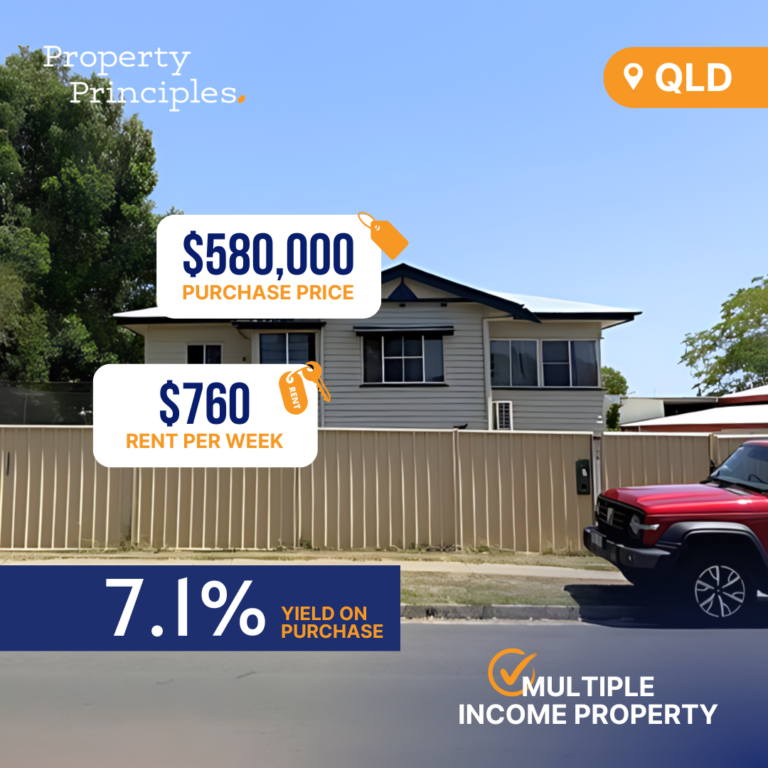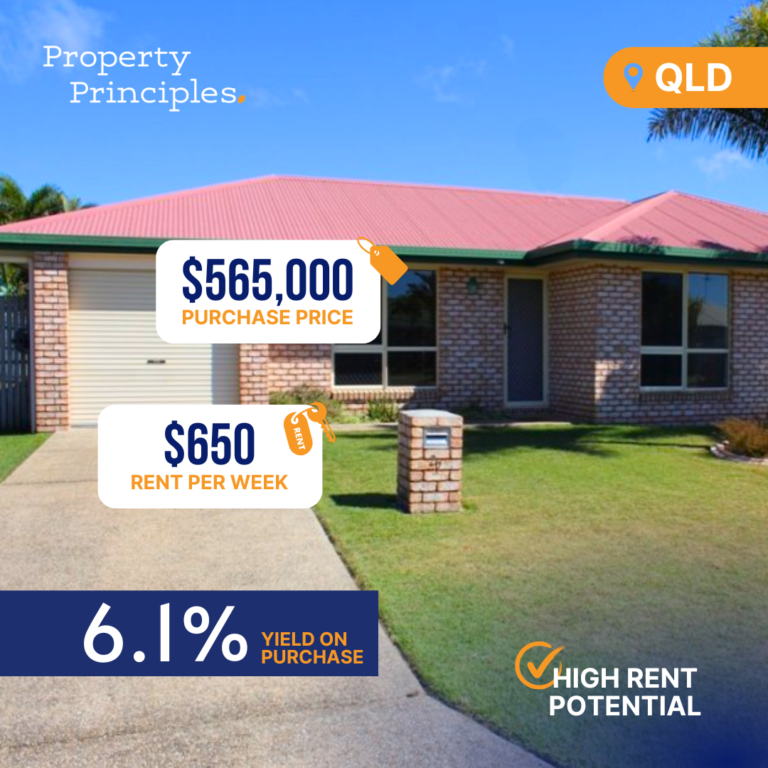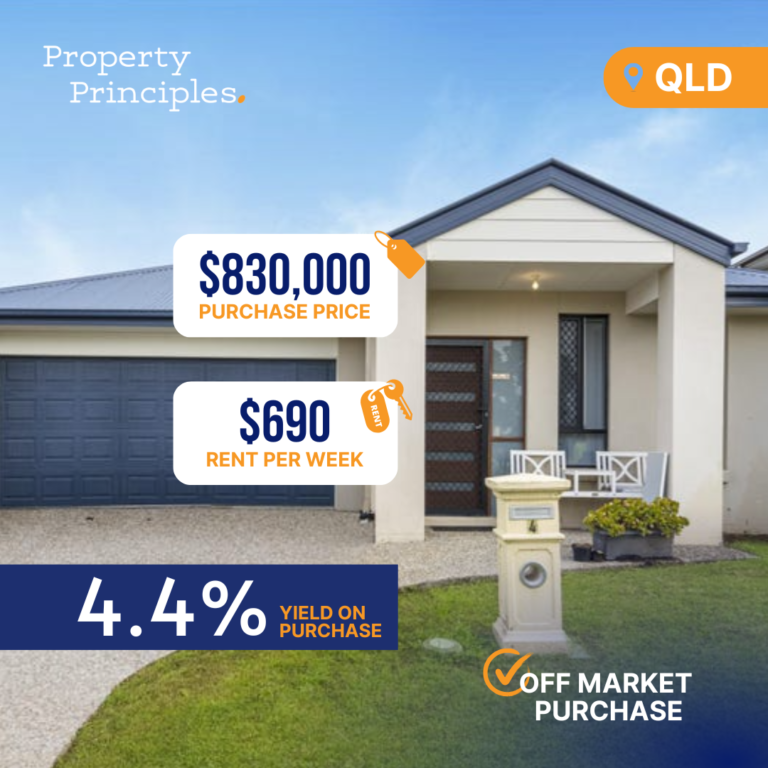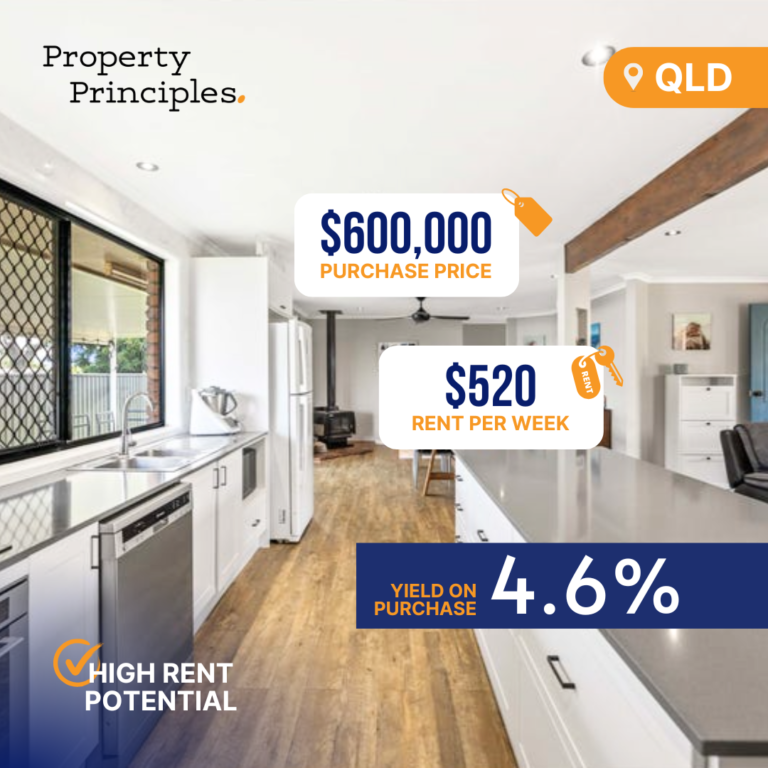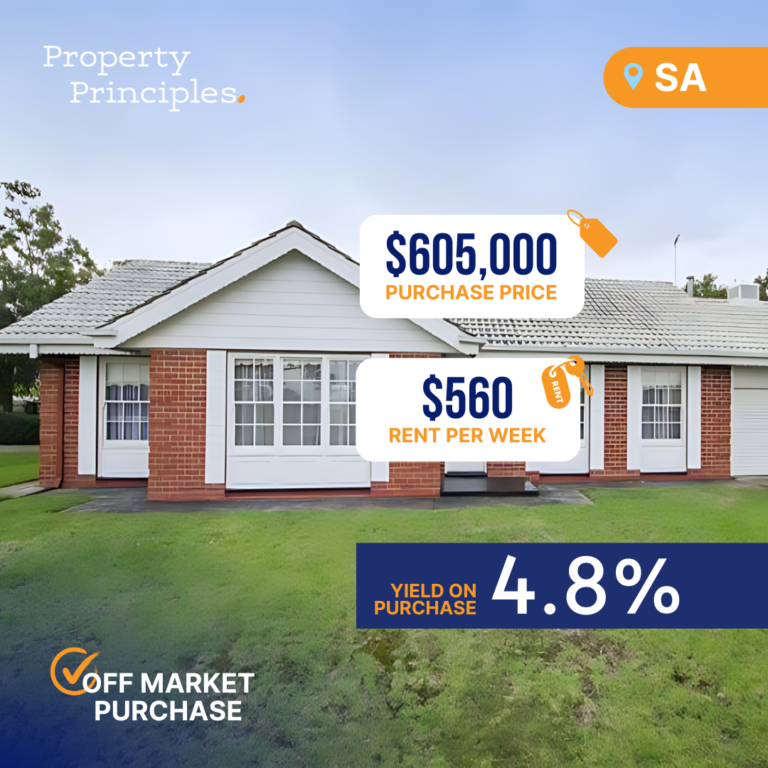The Australian rental market has experienced significant growth throughout the 2022-23 financial year, with over 90% of house and unit markets witnessing increased rental rates, according to recent suburb-level analysis by CoreLogic. The study reveals that nearly two-thirds of unit suburbs recorded an annual rent increase of 10% or more, with more than one-third of house markets experiencing a similar rise.
CoreLogic’s Mapping the Market interactive tool enables users to track the 12-month change in the rental value index based on listings information and individual property attributes. Notably, Adelaide, Perth, and Regional Western Australia experienced the most widespread uplift in rent values, with all analyzed suburbs exhibiting a year-on-year increase in both houses and units.
The rapid increase in Perth rents, a stark 13.4% over the past year and an astounding 41.8% since March 2020, is a consequence of momentum building since early 2022. CoreLogic Economist Kaytlin Ezzy attributes the soaring rental rates to the ongoing shortage in rental listings, which has been further exacerbated by the rise in interest rates.
Investors typically avoid the housing market during economic downturns, and the recent interest rate hikes have unsurprisingly reduced new housing investment lending by 23.6% between April 2022 and May 2023. Furthermore, the record levels of overseas migrants, many of whom reside within inner-city unit districts, have caused a significant imbalance in rental demand and supply.
This imbalance is particularly apparent in Perth, where a rental scarcity has caused rent listings to plummet 50% below the historical five-year average. Moreover, in Brisbane, Adelaide, Perth, and Darwin, 100% of unit markets observed increased rent values over the past 12 months.
On the other hand, a few markets in cities like Sydney, Melbourne, and Hobart experienced minor declines in their unit rents. However, Sydney units still boast some of the country’s strongest rental growth, particularly in the central Haymarket area, which saw an impressive 32.6% annual rise.
Rental growth in capital city house markets varied considerably, with 147 of the 1,686 analyzed suburbs reporting a decline. Canberra and Hobart, cities with declining rent values and significantly higher rent listings than the past five-year average, are prime examples of fluctuating rental markets.
However, CoreLogic’s Mapping the Market tool reveals that the overall capital growth recovery trend has accelerated, and with 80% of house and unit markets showing increased home values in the past three months, investor confidence in the housing market may be bolstered.
The top 20 suburbs for house and unit rent increases during the 2022-23 financial year were mostly located in Sydney. The greatest house rent increases occurred in the southwest suburbs of Campsie and Belfield, which are likely due to demand spillover from popular inner-west neighborhoods and migration trends. Additionally, migration and rent rates have increased in the Karratha region of Western Australia, where commodity mining and extraction activity is prevalent.
In the unit rental market, Sydney suburbs, except for Travancore in Inner Melbourne, dominated the top 20. Areas such as Kingsford and Haymarket, which experienced increases of over 30%, are likely attractive to international students due to their proximity to major universities. These neighborhoods, which offer excellent transport, CBD access, and high-quality amenities, are also popular with interstate migrants and young professionals.


